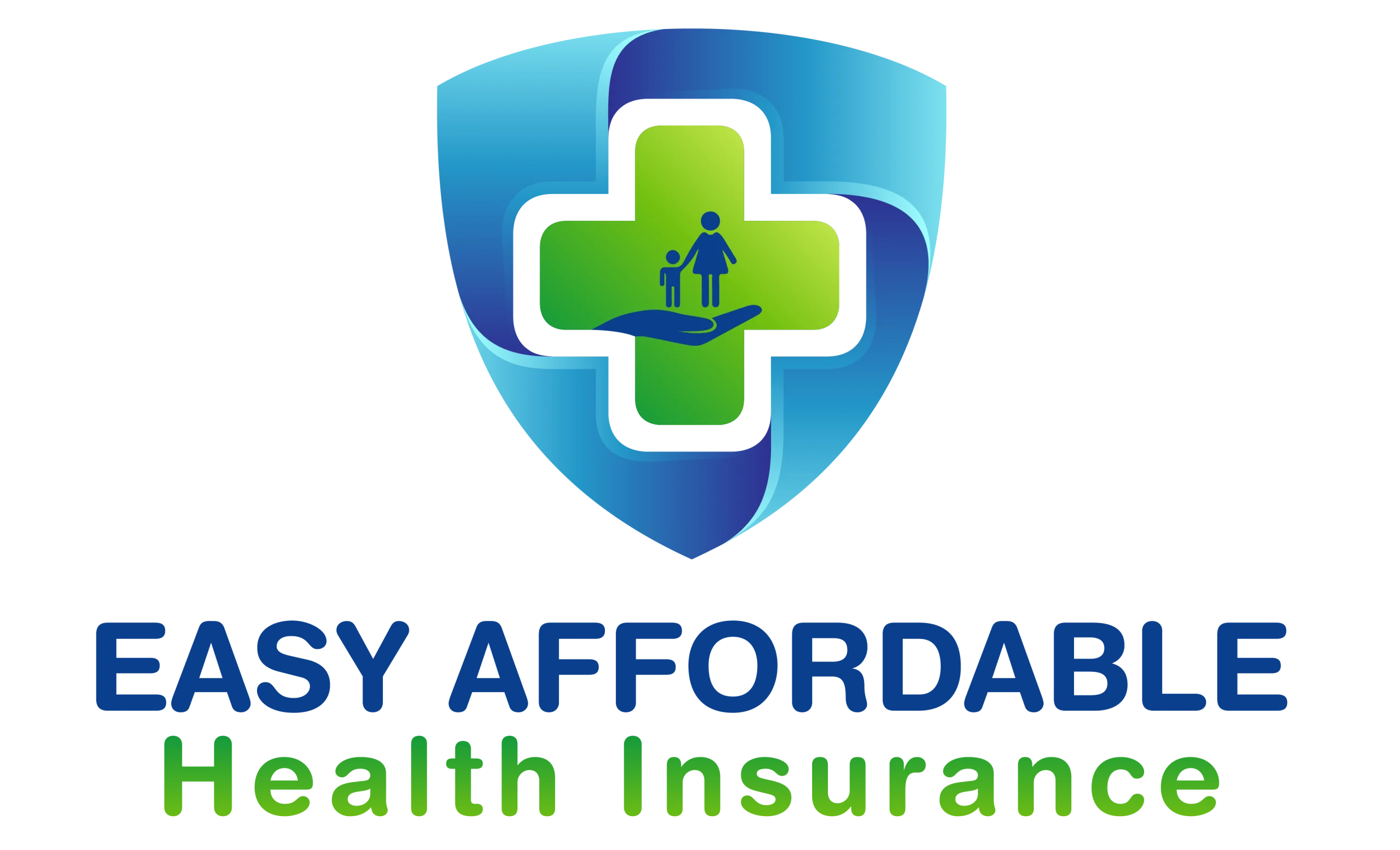
Understanding the Basics: Types of Health Insurance Plans
Before diving into the realm of affordable health insurance solutions, it’s essential to understand the basic types of health insurance plans available:
- Health Maintenance Organization (HMO): HMO plans typically require members to choose a primary care physician (PCP) and obtain referrals from their PCP to see specialists. These plans often have lower premiums and out-of-pocket costs but may have more limited provider networks.
- Preferred Provider Organization (PPO): PPO plans offer more flexibility in choosing healthcare providers and typically do not require referrals to see specialists. While premiums and out-of-pocket costs may be higher than HMO plans, PPOs often provide more extensive coverage for out-of-network care.
- Exclusive Provider Organization (EPO): EPO plans combine elements of both HMOs and PPOs. Like HMOs, they usually require members to select a primary care physician, but like PPOs, they do not typically require referrals for specialist care. EPO plans often have lower premiums than PPOs but may have more limited provider networks.
- High-Deductible Health Plan (HDHP): HDHPs have higher deductibles than traditional health insurance plans, but they often come with lower premiums. These plans are usually paired with Health Savings Accounts (HSAs), which allow individuals to save money tax-free to pay for qualified medical expenses.
- Catastrophic Health Insurance: Catastrophic health insurance plans are designed to provide coverage for major medical expenses, such as hospitalizations or surgeries. These plans often have low premiums but high deductibles and are typically only available to individuals under 30 or those who qualify for a hardship exemption.
Exploring Affordable Health Insurance Solutions
Now that we have a basic understanding of the types of health insurance plans available, let’s explore some strategies for finding affordable coverage:
- Employer-Sponsored Coverage: Many employers offer health insurance benefits to their employees as part of their compensation package. Employer-sponsored plans often have lower premiums than individual plans, as the employer typically covers a portion of the cost. Additionally, group purchasing power may enable employers to negotiate better rates with insurers.
- Health Insurance Marketplaces: The Affordable Care Act (ACA) established health insurance marketplaces, also known as exchanges, where individuals and families can shop for health insurance plans. These marketplaces offer a range of coverage options, and depending on income and household size, individuals may qualify for subsidies to help offset the cost of premiums.
- Medicaid and CHIP: Medicaid and the Children’s Health Insurance Program (CHIP) provide free or low-cost health coverage to eligible low-income individuals and families. Eligibility requirements vary by state, but individuals with limited income and resources may qualify for Medicaid, while CHIP provides coverage for children in families that earn too much to qualify for Medicaid but cannot afford private insurance.
- Health Savings Accounts (HSAs): For individuals enrolled in high-deductible health plans (HDHPs), contributing to a Health Savings Account (HSA) can provide a tax-advantaged way to save for medical expenses. HSAs allow individuals to contribute pre-tax dollars to the account, which can be used to pay for qualified medical expenses, including deductibles, copayments, and coinsurance.
- Telemedicine Services: Telemedicine services, which allow individuals to consult with healthcare providers remotely via phone or video chat, have become increasingly popular as a convenient and cost-effective alternative to traditional in-person visits. Many health insurance plans now offer telemedicine as a covered benefit, allowing members to access care from the comfort of their own homes without incurring additional costs.
- Prescription Drug Assistance Programs: For individuals struggling to afford the cost of prescription medications, prescription drug assistance programs offered by pharmaceutical companies, nonprofit organizations, and government agencies can provide valuable support. These programs may offer discounts, coupons, or free medications to eligible individuals who meet specific criteria.
- Healthcare Sharing Ministries: Healthcare sharing ministries are organizations in which members pool their resources to help cover each other’s medical expenses. While not technically health insurance, healthcare sharing ministries offer an alternative approach to managing healthcare costs for individuals who share similar religious or ethical beliefs.
Conclusion
Affordable health insurance solutions are within reach for those willing to explore their options and take proactive steps to secure coverage. Whether through employer-sponsored plans, health insurance marketplaces, government programs, or alternative approaches like telemedicine and healthcare sharing ministries, there are numerous avenues available to help individuals and families access the healthcare coverage they need without breaking the bank. By understanding the basics of health insurance, exploring available resources, and seeking out assistance when needed, individuals can take control of their healthcare costs and ensure peace of mind for themselves and their loved ones.
 Accident Lawyers Offshore Accident Lawyers – Offshore Injuries & Jones Act Lawyer
Accident Lawyers Offshore Accident Lawyers – Offshore Injuries & Jones Act Lawyer



